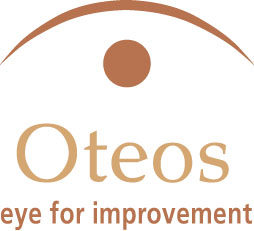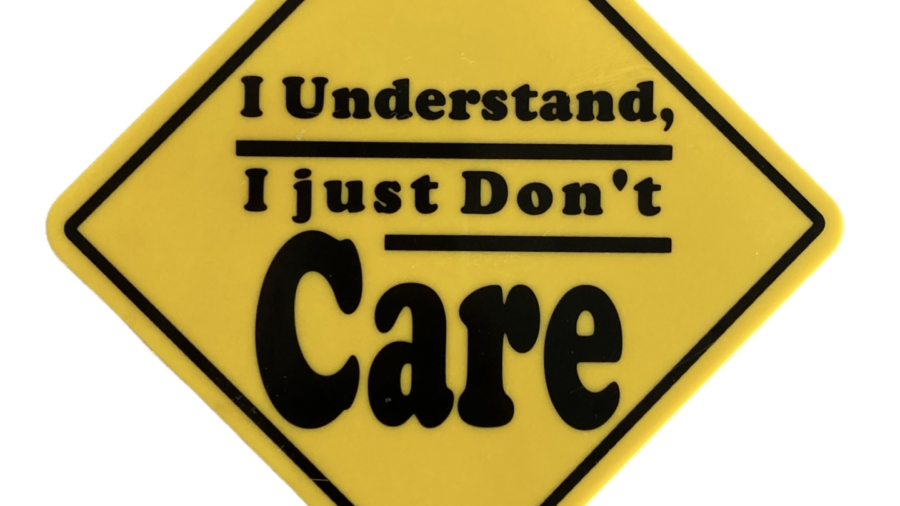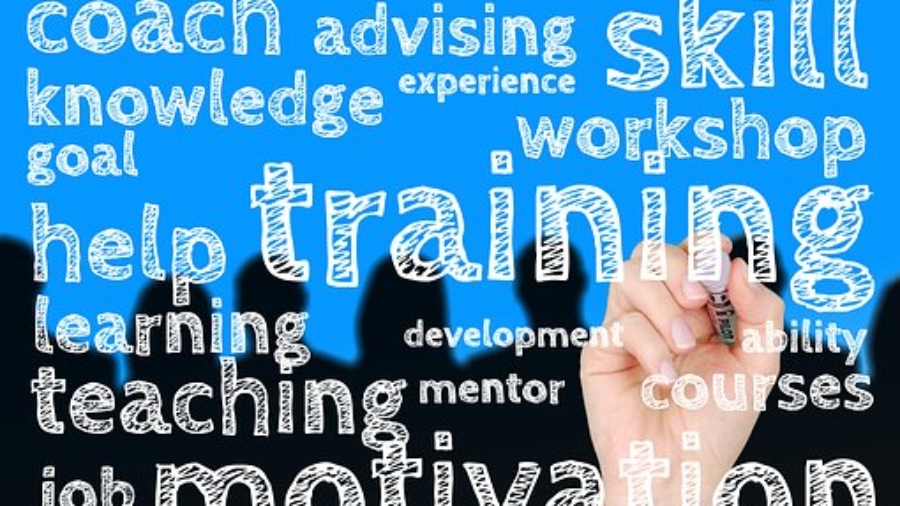Do you ever feel like your organization doesn’t actually hear you? Or perhaps your organization doesn’t offer a safe environment that encourages you to speak up? All too often, one of these scenarios is played out in the workplace. Many businesses feel that they have processes in place to ensure employee feedback, but is it effective?
Stoping the Silence
Previously I wrote about the importance of not silencing your staff. Aside from providing a safe culture within the organization that encourages staff input and feedback, many companies miss out on the opportunity for the most honest feedback by skipping the exit interview. There are multiple reasons for the exit interview, but the most important is to get a candid overview of the organization’s culture and environment. The information obtained from an exit interview can identify opportunities for employee retention, leadership development, and succession planning.
Don’t Assume
When I left after 20 years with the same organization, I literally begged for an exit interview. After being completely ignored by one CEO (who suddenly left the organization without explanation), I approached the new CEO requesting a brief meeting. I was quickly dismissed and wished the best of luck in a brief email response. I simply wanted to express my experience with the organization and my concerns out of dedication to my previous patients and the work-family I left behind.
No one in management asked why I was leaving. Assumptions were made, but only those close colleagues knew the real reason. I could no longer work in an environment that didn’t support their staff, seek genuine feedback or provide the tools that allowed me to do my job at the level that made me feel fulfilled. More importantly, I no longer felt that the organization prioritized patient safety, leaving me feeling less competent as a health care provider.
Why The Exit Interview
Unfortunately, the absence of an exit interview is common. The insight that upper management missed by dismissing my request saddens me. Even worse, my work family is stuck in the same toxic environment that forced me to leave, and it’s only getting worse.

It’s essential to have clearly identified standards for the exit interview to make them successful. Most Fortune 500 companies perform exit interviews but only 40% feel they are properly utilized. Make sure to have a format that can get useful information. The last touchpoint with the employee gives the interviewer the opportunity to ask about issues that are concerning or unresolved. It also allows the employee to leave with a sense of feeling heard. Why is that important – they are leaving after all? Because in todays employment climate, you never know when you may need to call that worker back for some help. If they left on a sour note, they are guarantee not to help out in a shortage. This frequently occurs in healthcare but also in any skilled industry. Boomers are retiring at an alarming rate, and there isn’t always someone qualified to immediately replace them.
Making Them Count
Finally, assessing and utilizing the information after the interview is vital. We’ve all filled out an employee survey that was later thrown in the trash and never actually looked at, let alone the feedback reviewed and put to use. This is important if the organization has a genuine interest in maintaining a healthy culture and an environment that encourages communication and investment from the employees. After all, without staff, no organization would exist. Employees are the company. Dedicated and fulfilled leaders and employees want to put their best foot forward. The key is to keep both feet in the business but if they choose to leave, find out why. The reasons may surprise you. At the very least, it will provide you with valuable insight and the opportunity to improve and grow your business.



 For me personally, it’s important to make every day count. And it’s often in the little things. Despite the fact I’m a leader, I love the value of entertainment and humour to make everyone get a little bit closer to themselves and help them stay away from outside distractions that often ruin their happy vibes. Staying close to yourself helps to connect to others. Whether it’s dancing at the desk, playing a round of request songs, and teaching others basic dance moves at the office, or making people see that little sparkle of light in a dark and shitty day. Not passing by their true emotions but helping them stay close to themselves and changing their perspective on that rough moment or experience.
For me personally, it’s important to make every day count. And it’s often in the little things. Despite the fact I’m a leader, I love the value of entertainment and humour to make everyone get a little bit closer to themselves and help them stay away from outside distractions that often ruin their happy vibes. Staying close to yourself helps to connect to others. Whether it’s dancing at the desk, playing a round of request songs, and teaching others basic dance moves at the office, or making people see that little sparkle of light in a dark and shitty day. Not passing by their true emotions but helping them stay close to themselves and changing their perspective on that rough moment or experience. A child is in touch with its aliveness. There’s a level of innocence that’s hard to hold on to as we “mature”. A child will dance naked and not think “I’m fat”. They will sing and not think, “I wonder if I’m off key”. They will love you without conditions. Living through the eyes of a child is just pure freedom. They are so in touch with their divine, their essence, their soul. It’s something special if you can carry this into an old age, because everybody deserves a spark of magic.
A child is in touch with its aliveness. There’s a level of innocence that’s hard to hold on to as we “mature”. A child will dance naked and not think “I’m fat”. They will sing and not think, “I wonder if I’m off key”. They will love you without conditions. Living through the eyes of a child is just pure freedom. They are so in touch with their divine, their essence, their soul. It’s something special if you can carry this into an old age, because everybody deserves a spark of magic.
 I think we can all agree that 2020 has been a unique year. With the New Year just around the corner, the typical excitement of ringing in a new year, full of opportunities and hope, has been replaced with the reality that 2021 is bound to start with uncertainty and growing anxiety. Currently, many businesses are closed with no re-open date. Many people find themselves unemployed or working remotely from home. Initially, most found the idea of working from home enticing, cutting out the commute, more time to balance work-life situations. Although it sounds ideal, working from home is actually tricky. The usual problems of working remotely (lack of structure and routine, no designated space to work, constant interruptions, etc.) can be managed. Still, some issues require outside influences to execute properly. Specifically, I’m talking about keeping your team feeling like a team and not individual employees working from their home silos.
I think we can all agree that 2020 has been a unique year. With the New Year just around the corner, the typical excitement of ringing in a new year, full of opportunities and hope, has been replaced with the reality that 2021 is bound to start with uncertainty and growing anxiety. Currently, many businesses are closed with no re-open date. Many people find themselves unemployed or working remotely from home. Initially, most found the idea of working from home enticing, cutting out the commute, more time to balance work-life situations. Although it sounds ideal, working from home is actually tricky. The usual problems of working remotely (lack of structure and routine, no designated space to work, constant interruptions, etc.) can be managed. Still, some issues require outside influences to execute properly. Specifically, I’m talking about keeping your team feeling like a team and not individual employees working from their home silos.




 three years. It wasn’t always toxic. In fact, it was one of the best places I had ever worked until management at three levels changed in rapid succession. When circumstances afforded me the opportunity, I finally left the organization. The choice came with an enormous amount of guilt – guilt that I was leaving the patients that meant so much to me, but even more was the guilt for the work-family that I left behind. I had spent the past two years fighting for my team at a cost to me professionally as well as mentally and emotionally. By the time I left the organization, I was damaged and truly felt like a failure. I was unable to successfully lead my team through some very difficult times and, after twenty years of service, felt like I had been dishonorably discharged without actually being fired. Feeling completely defeated and like I had let my work family down, I walked away.
three years. It wasn’t always toxic. In fact, it was one of the best places I had ever worked until management at three levels changed in rapid succession. When circumstances afforded me the opportunity, I finally left the organization. The choice came with an enormous amount of guilt – guilt that I was leaving the patients that meant so much to me, but even more was the guilt for the work-family that I left behind. I had spent the past two years fighting for my team at a cost to me professionally as well as mentally and emotionally. By the time I left the organization, I was damaged and truly felt like a failure. I was unable to successfully lead my team through some very difficult times and, after twenty years of service, felt like I had been dishonorably discharged without actually being fired. Feeling completely defeated and like I had let my work family down, I walked away.




 Research shows that communication is a vital component for a high-functioning organization that wishes to empower employees and thrive as a business, regardless of the industry. Unfortunately, there seems to be a misconception by many in management roles that employees that don’t speak their mind and who go along with the management’s direction are more valued than those that express themselves. While these silenced employees may be perceived as easier to manage, the opposite is actually true. Employers must provide a platform for employees to have a voice. This not only keeps employees engaged but increases performance. It promotes creativity and stifles groupthink leading to greater innovation.
Research shows that communication is a vital component for a high-functioning organization that wishes to empower employees and thrive as a business, regardless of the industry. Unfortunately, there seems to be a misconception by many in management roles that employees that don’t speak their mind and who go along with the management’s direction are more valued than those that express themselves. While these silenced employees may be perceived as easier to manage, the opposite is actually true. Employers must provide a platform for employees to have a voice. This not only keeps employees engaged but increases performance. It promotes creativity and stifles groupthink leading to greater innovation.